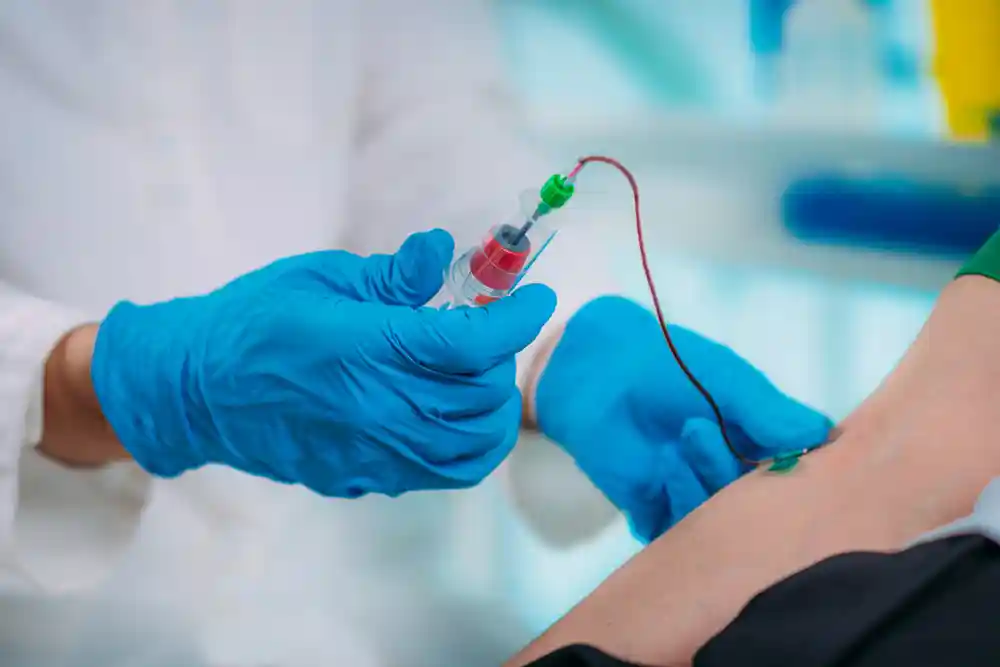Polycythemia vera treatment

Polycythemia is usually non-fatal in the short term. However, the main fatal complications that should be prioritized in treatment is the risk of blood clot formation and the transformation to myelofibrosis which may then transform to acute leukemia. Clinical presentation varies and therapy has to fit the patient’s needs and concentrate on the main symptoms that they have. Therefore, the main methods of therapy are:
- Reduction of the red cell mass to avoid the risk of clot formation (thrombosis) and ameliorate most of the symptoms.
- Decrease the rate of proliferation of red cells through the usage of chemotherapy.
- Optimally, the early and effective targeting of the genetic mutation is the most promising and successful way to control the disease.
- Control of hyperuricemia to avoid gouty arthritis and the risk of urinary uric acid stones or renal failure.
- Surgery if splenic enlargement is troublesome to the patient.
Most chemotherapy used in the management of the condition is highly toxic to the bone marrow and can even accelerate the transformation to acute leukemia. Therefore, they are not always used nowadays, except in cases when rapid reduction of hypercellularity is imperative. It is mostly completely avoided in old patients.
Medical therapy:
Medical therapy is the backbone of polycythemia treatment and it includes the following:
1) Phlebotomy

One of the oldest practices in medicine was bloodletting, which is inflicting a small wound on the patient and letting the blood flow. This primitive way was part of the ancient Hippocratic medicine and was found to be useless in most cases. Very few diseases, however, can benefit from this technique especially those associated with hyper-viscosity of the blood. A venous catheter is attached to the patient and blood is drained into a bag to help alleviate the symptoms of the patient and decrease the risk of thrombosis. Phlebotomy is performed one or two times a week.
A common question that must be hovering in your mind is whether or not blood collected from polycythemia patients allowed to be donated to blood banks, and there is no definite answer. Many blood banks still accept it, but this has greatly fell out of favor in many countries including the United States, not for a strictly medical reason but rather due to increased regulations to blood donating following the HIV pandemic in the 90s.
